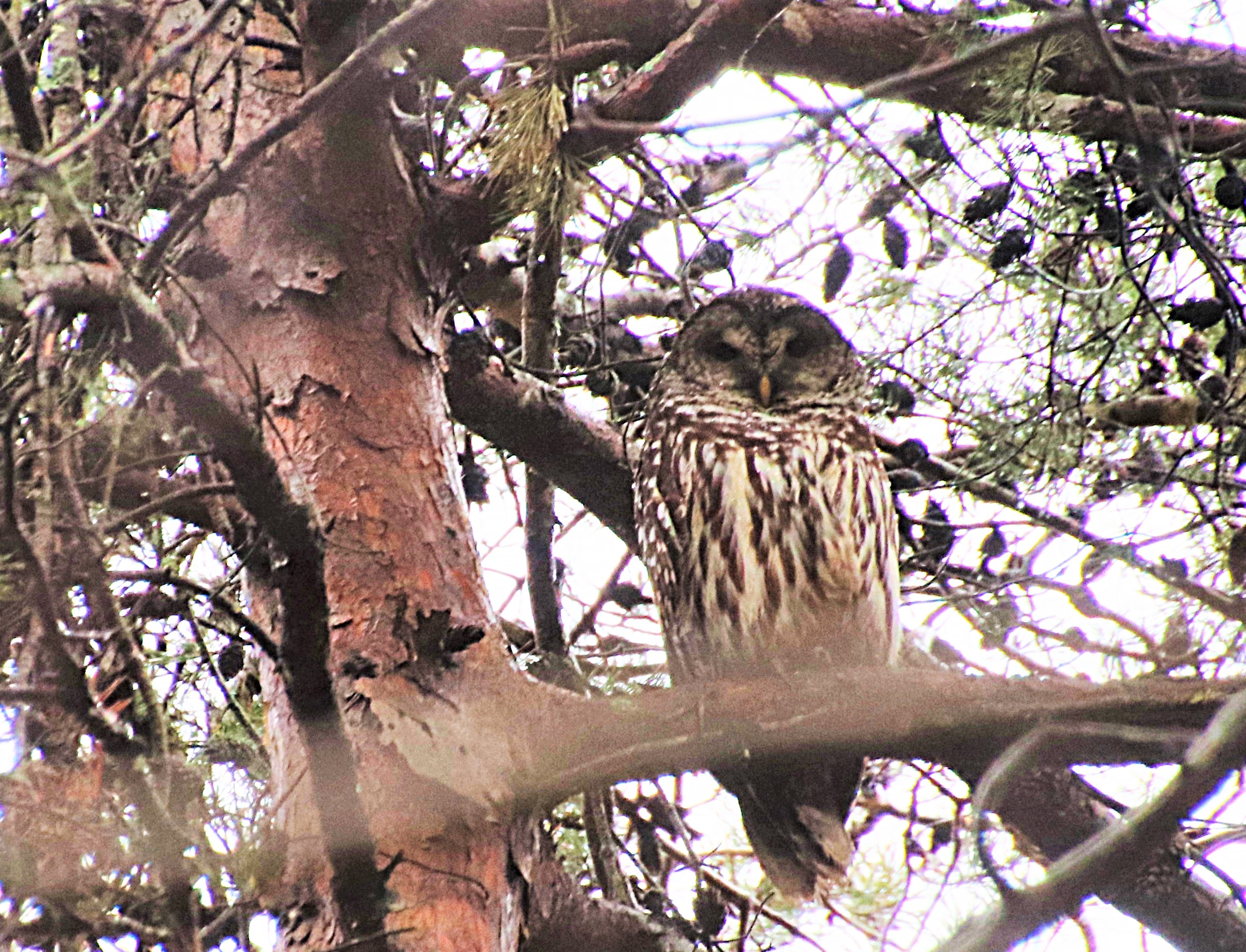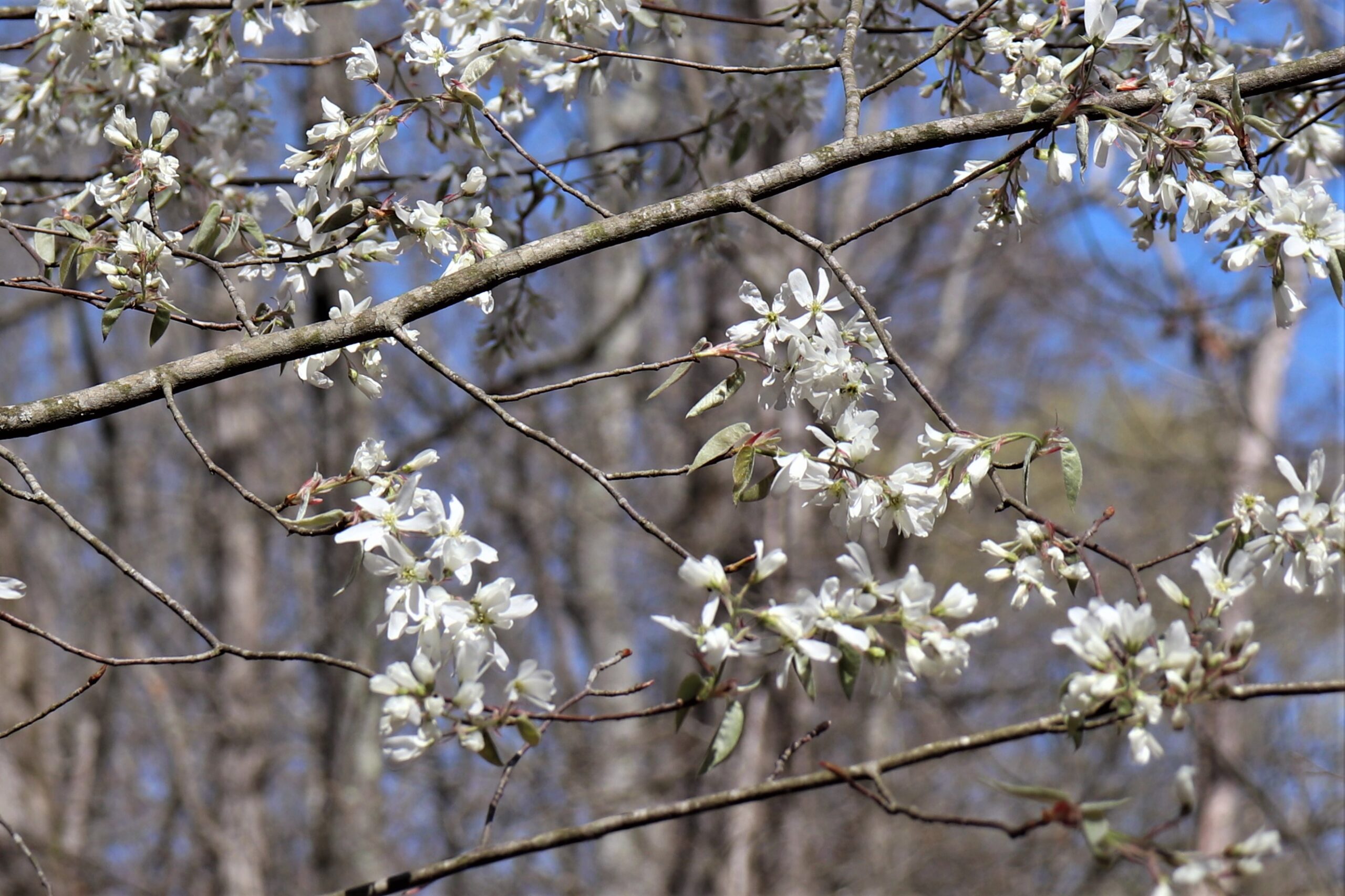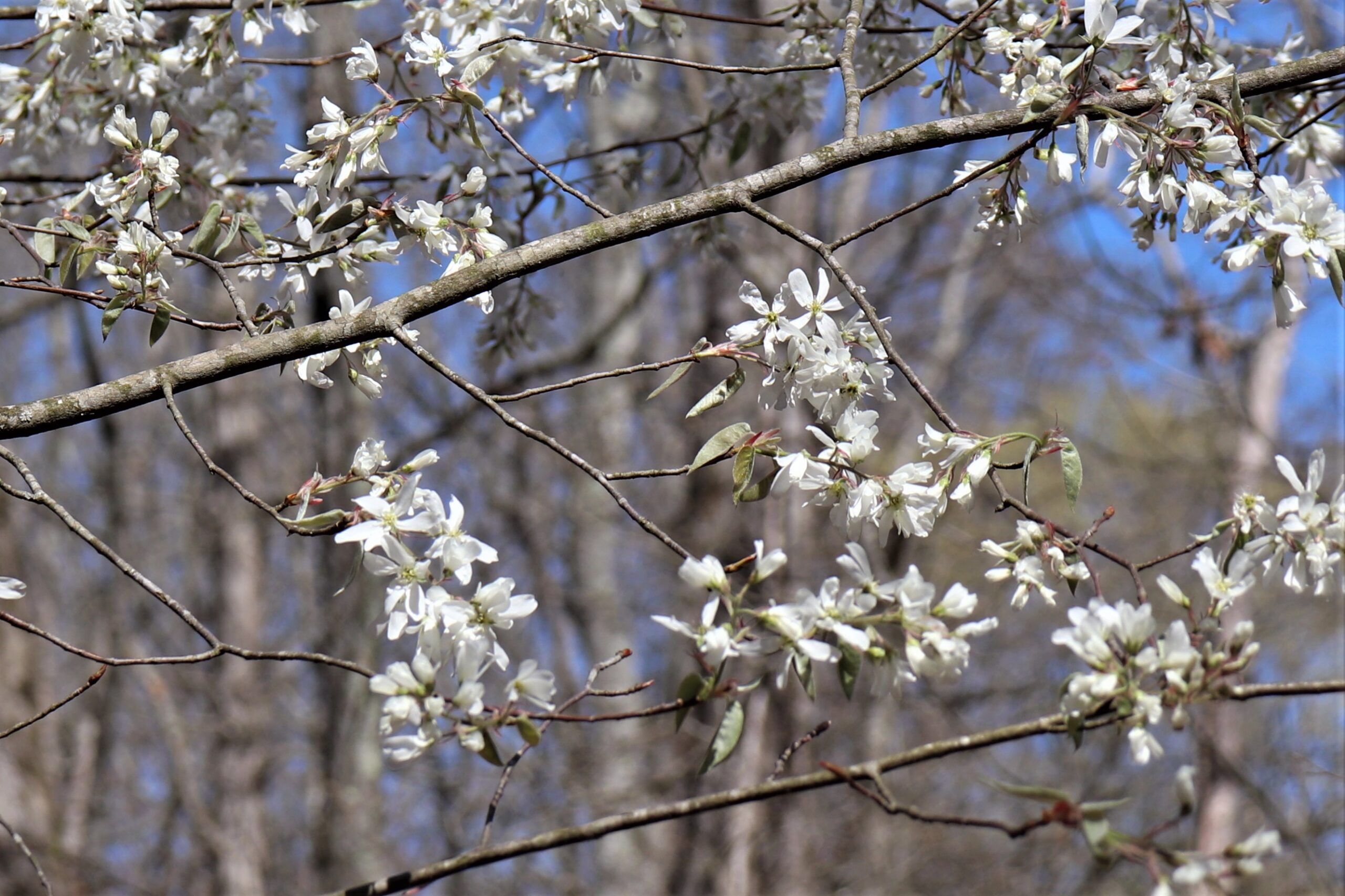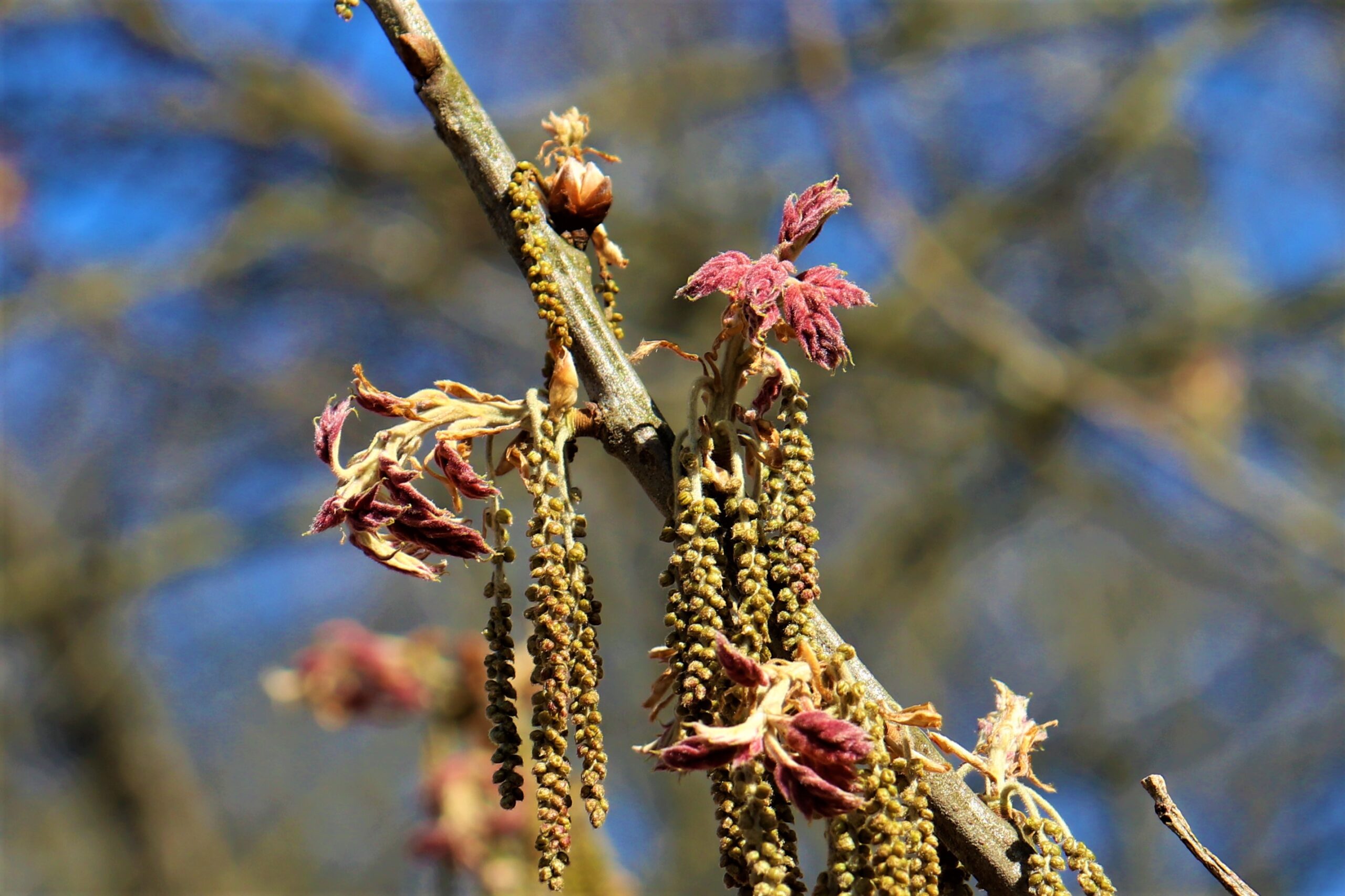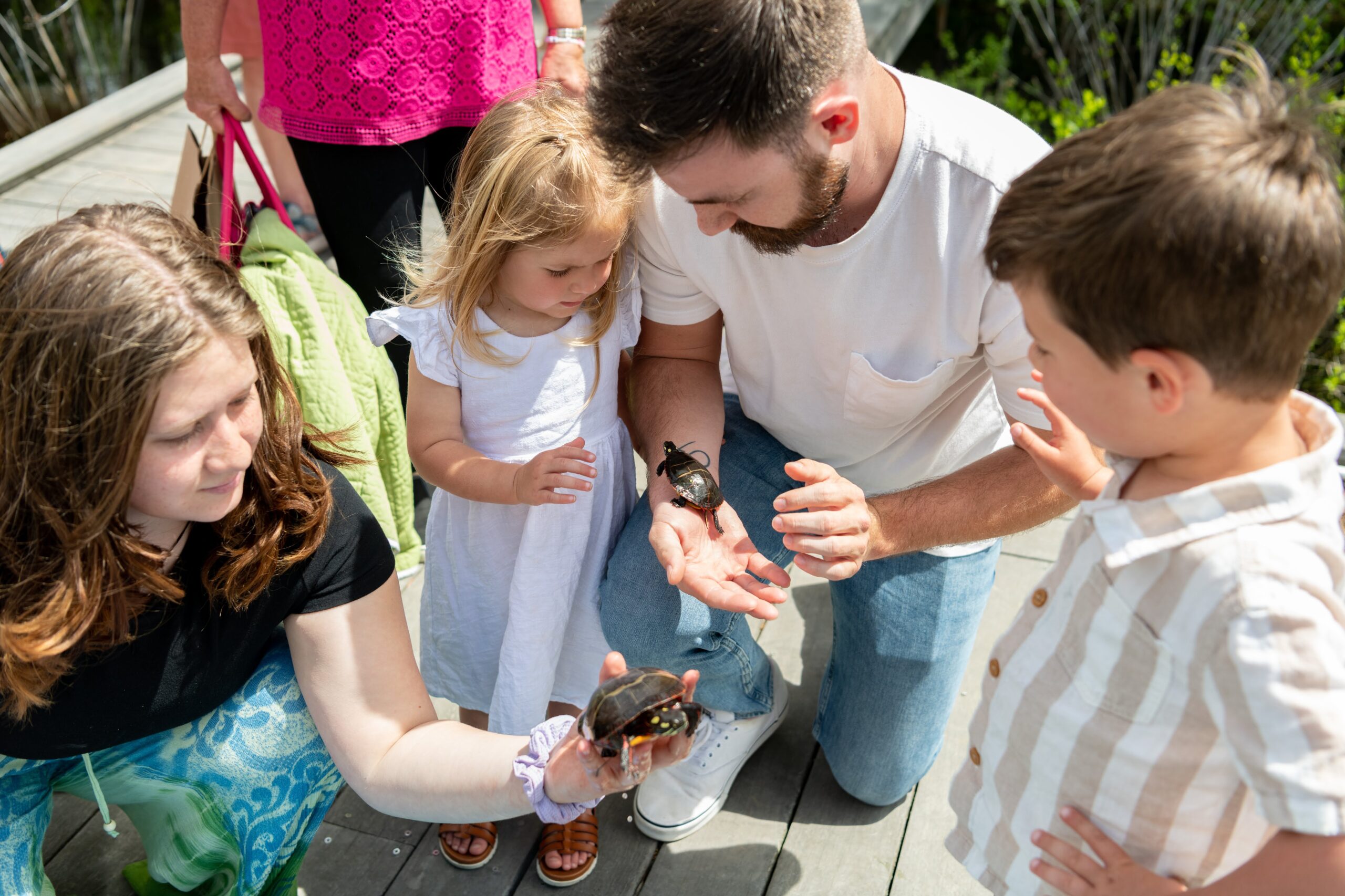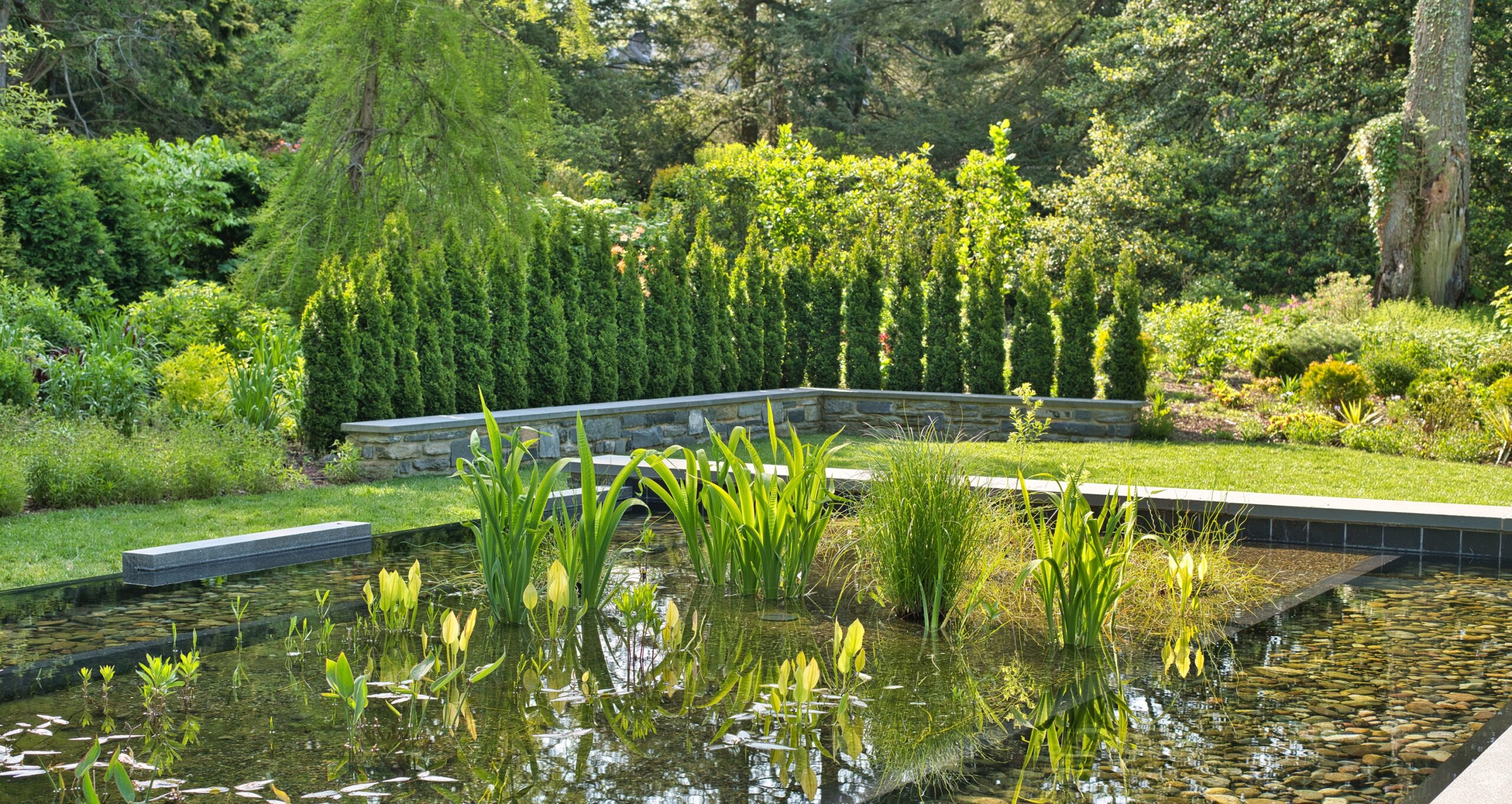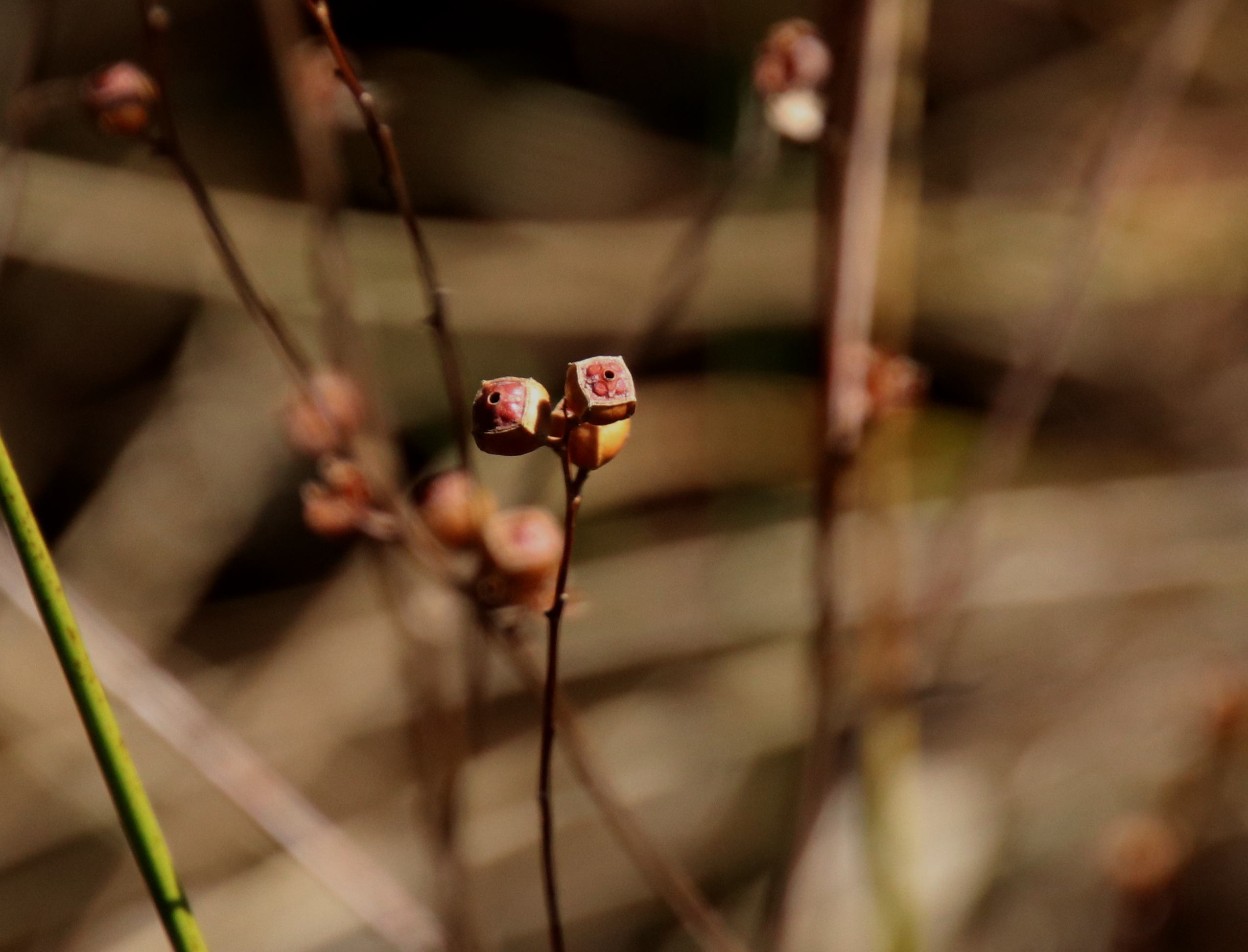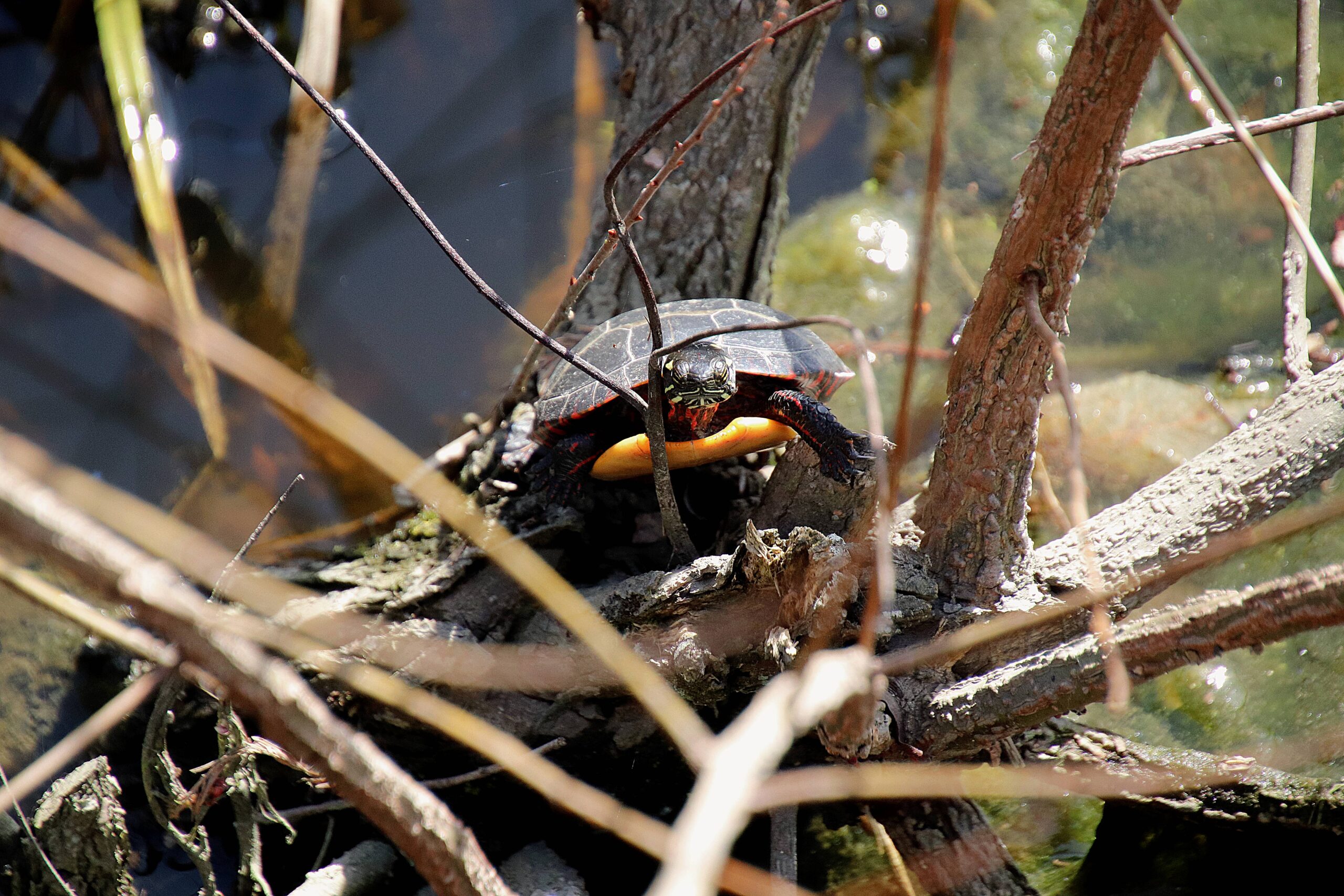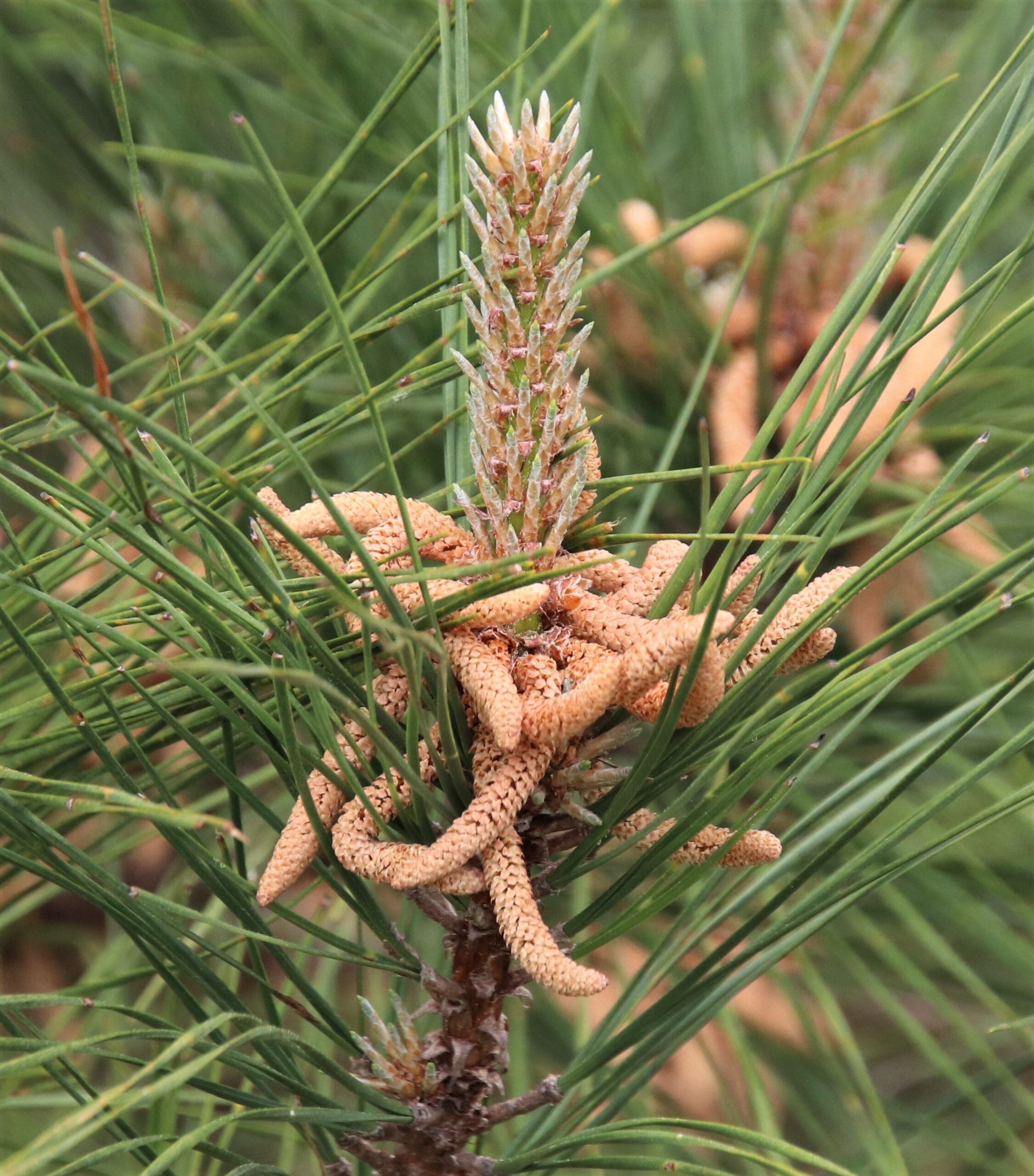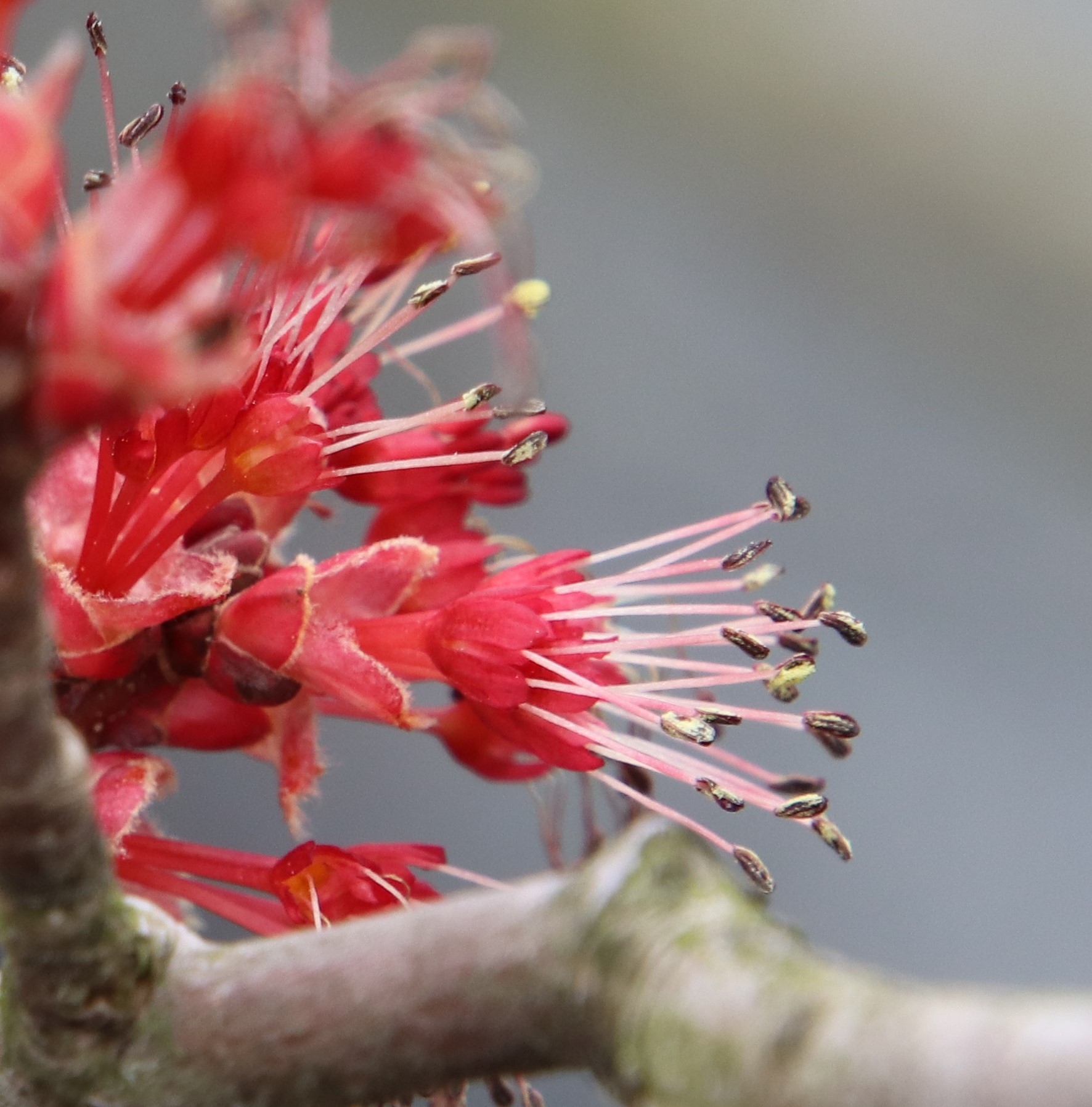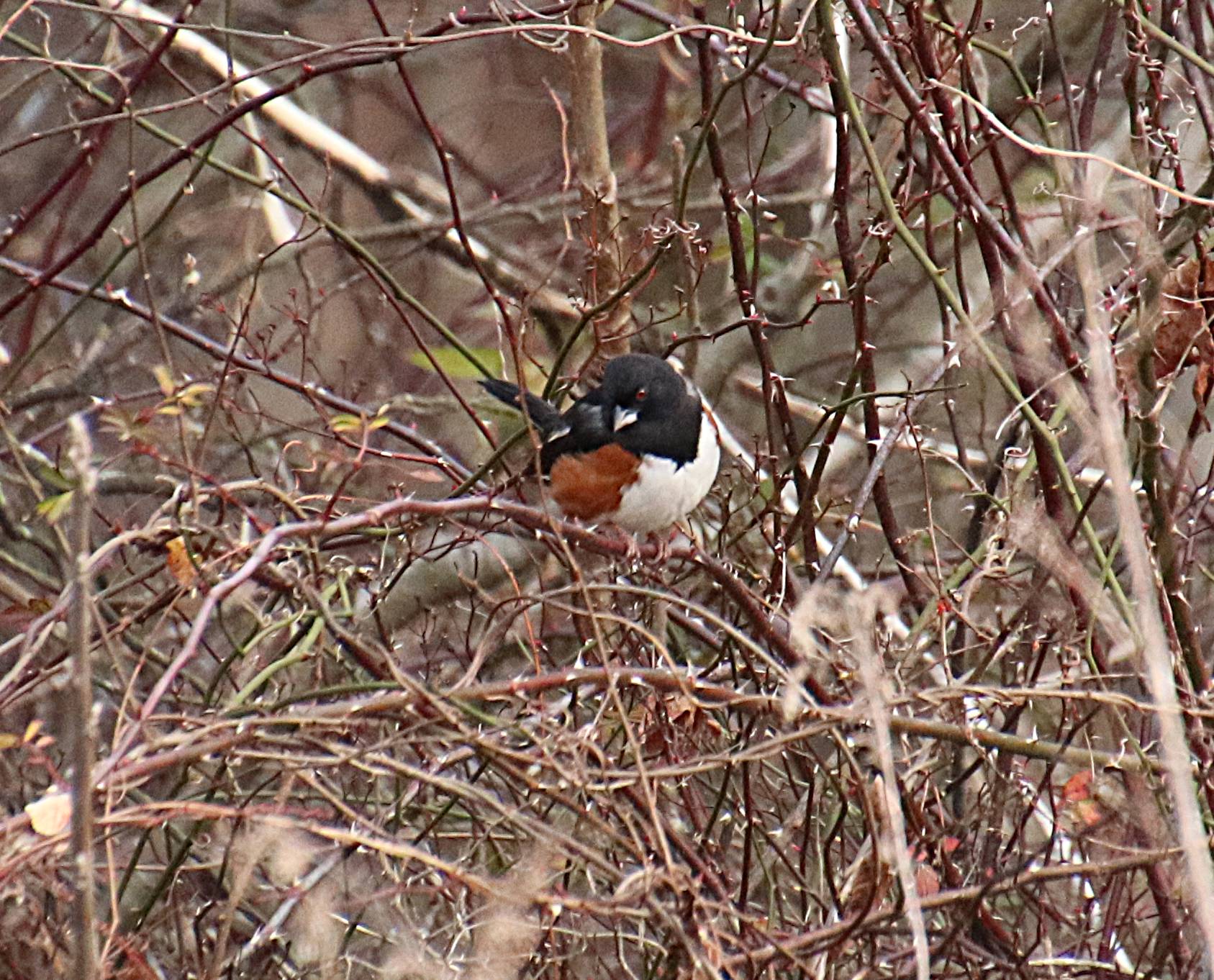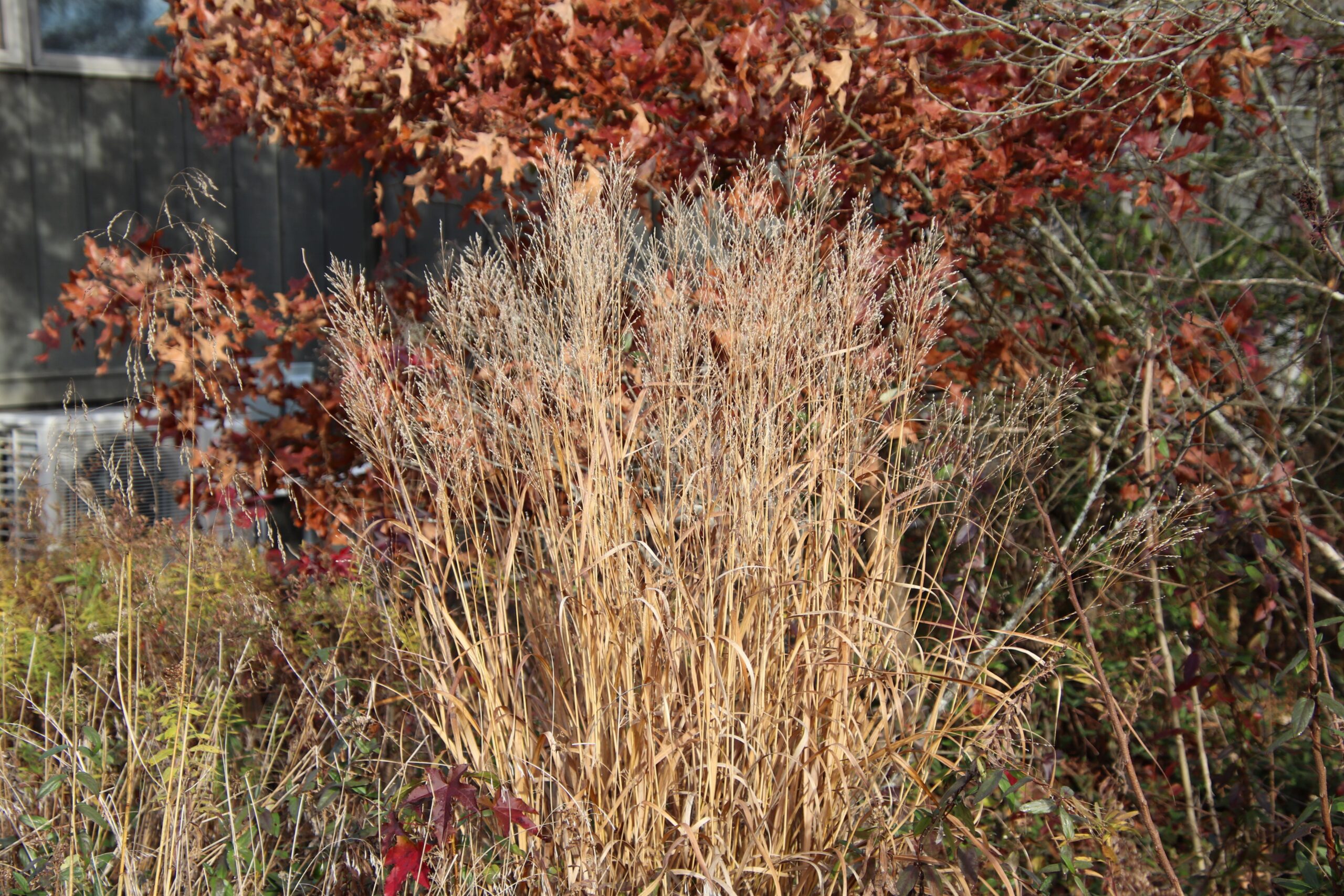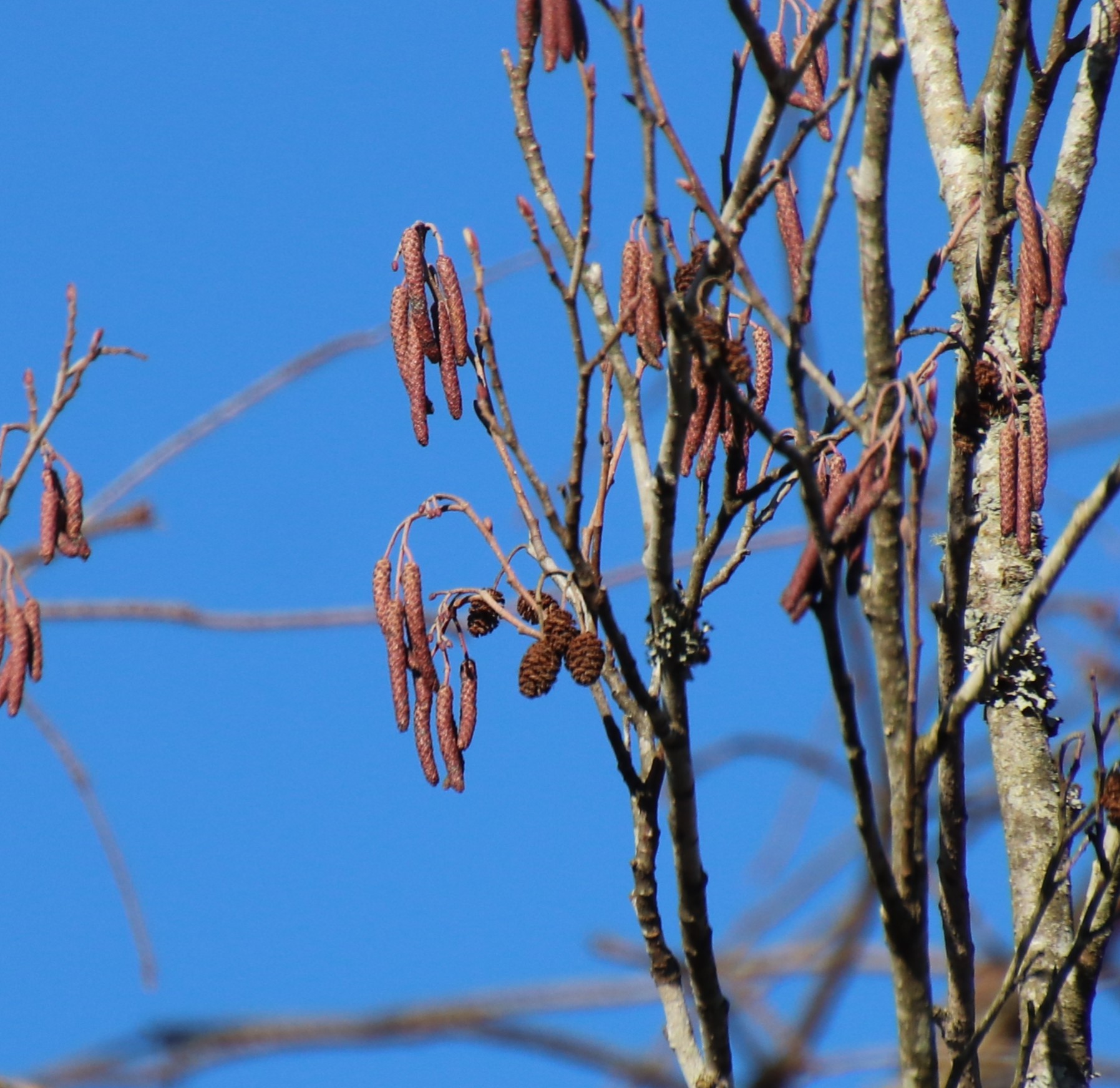
Adkins Arboretum received a grant from RMC to purchase a new six-person golf cart. Pictured from left are Arboretum Executive Director Ginna Tiernan, Edythe Humphries, RMC Program Administrator Megan D’Arcy, Shirley Moore, Audrey Podowski, Jean Cormell and Shirley Brodhead.
Adkins Arboretum recently received funding from the Rural Maryland Council (RMC) to purchase an energy-efficient six-passenger golf cart and the equipment to secure and maintain it. The cart will provide all with exceptional experiences in nature and increase mobility for all visitors.
The cart will ensure no one is left behind. Guests with mobility issues can travel with their companions instead of waiting and can reach areas beyond their ability. Providing everyone with exceptional experiences is central to the Arboretum’s mission. The Arboretum’s previous three-passenger golf cart could carry one or two passengers at a time, forcing anxious program participants to wait their turn for access in the wake of increased visitorship that has doubled since the pandemic.
Providing golf cart transportation for visitors with mobility issues allows equal access to the Arboretum’s paths, programs and events and ensures all the benefits and joy nature offers. Offering comfortable, safe access to nature for those with mobility issues will significantly increase the visitorship and the quality of the experience at the Arboretum. Those with limited access to nature can now engage more fully with nature and reap the benefits and joy of being in nature as others do. A friend of the Arboretum donated to install seat belts on all six seats.
Founded in 1994, the Rural Maryland Council (RMC) serves as the state’s federally designated rural development council and functions as a voice for Rural Maryland – advocating, educating, and helping “A Collective Voice for Rural Maryland” rural communities and businesses across the state to flourish and to gain equity to its suburban and urban counterparts. The Council administers the Rural Maryland Prosperity Investment Fund (RMPIF) and the Maryland Agricultural Education and Rural Development Assistance Fund (MAERDAF) grant programs. Additionally, the Council conducts research activities to understand rural challenges and outreach to engage rural residents in developing solutions to these challenges and convenes groups to identify solutions through consensus and coalition building.



